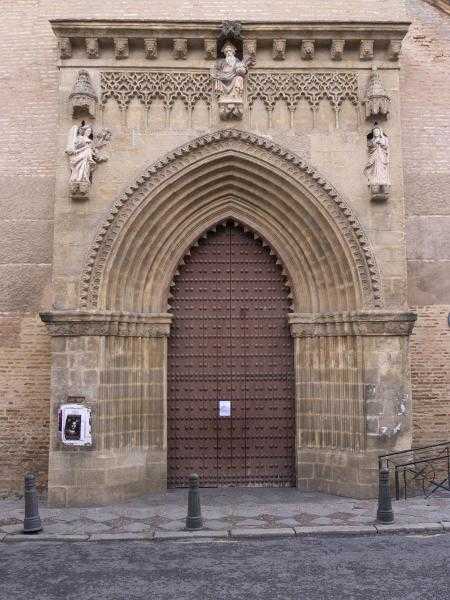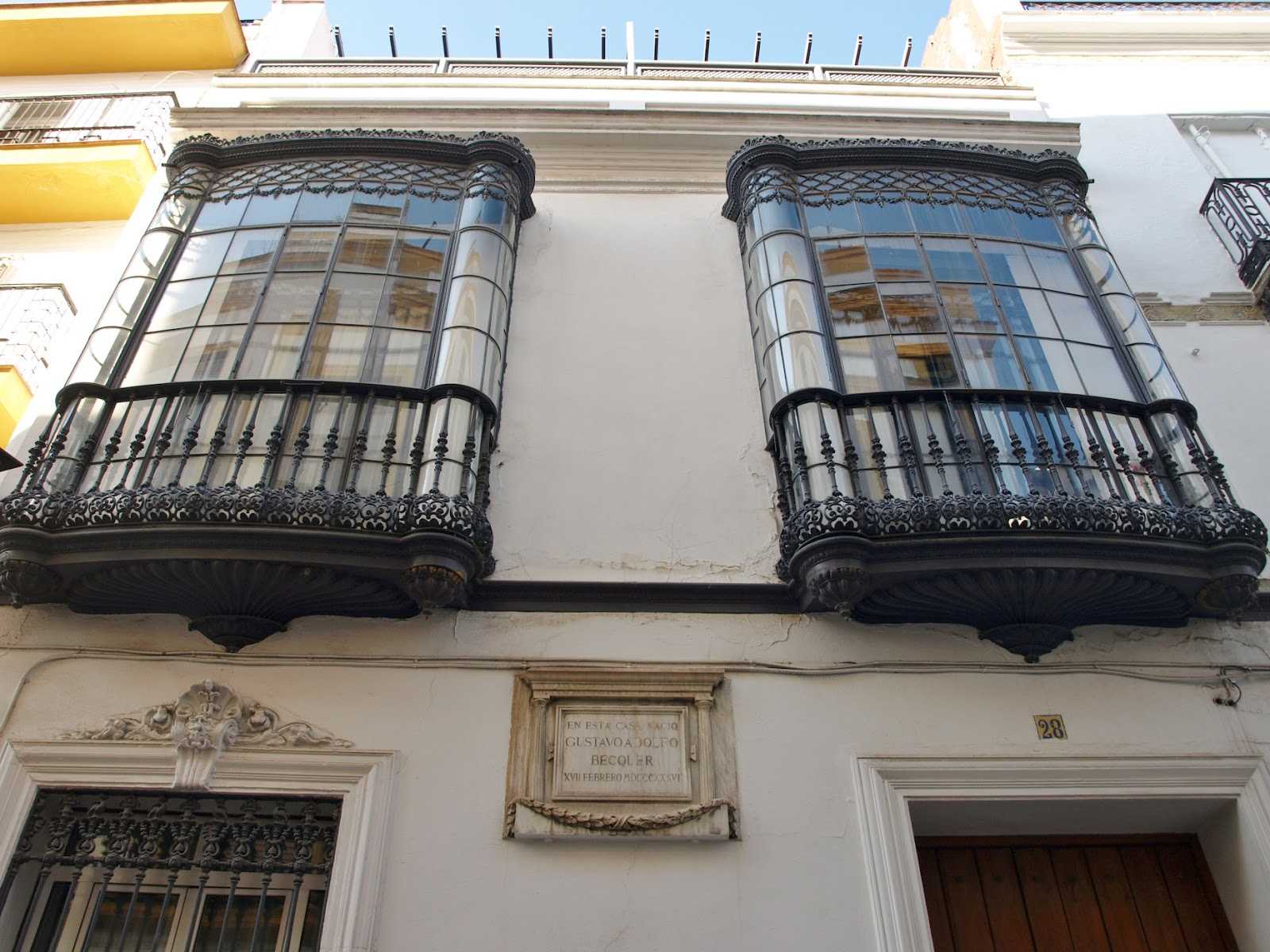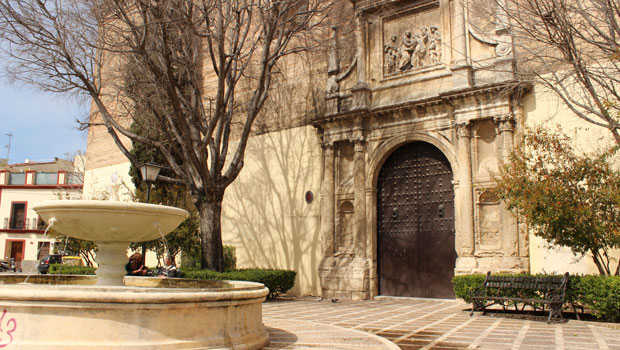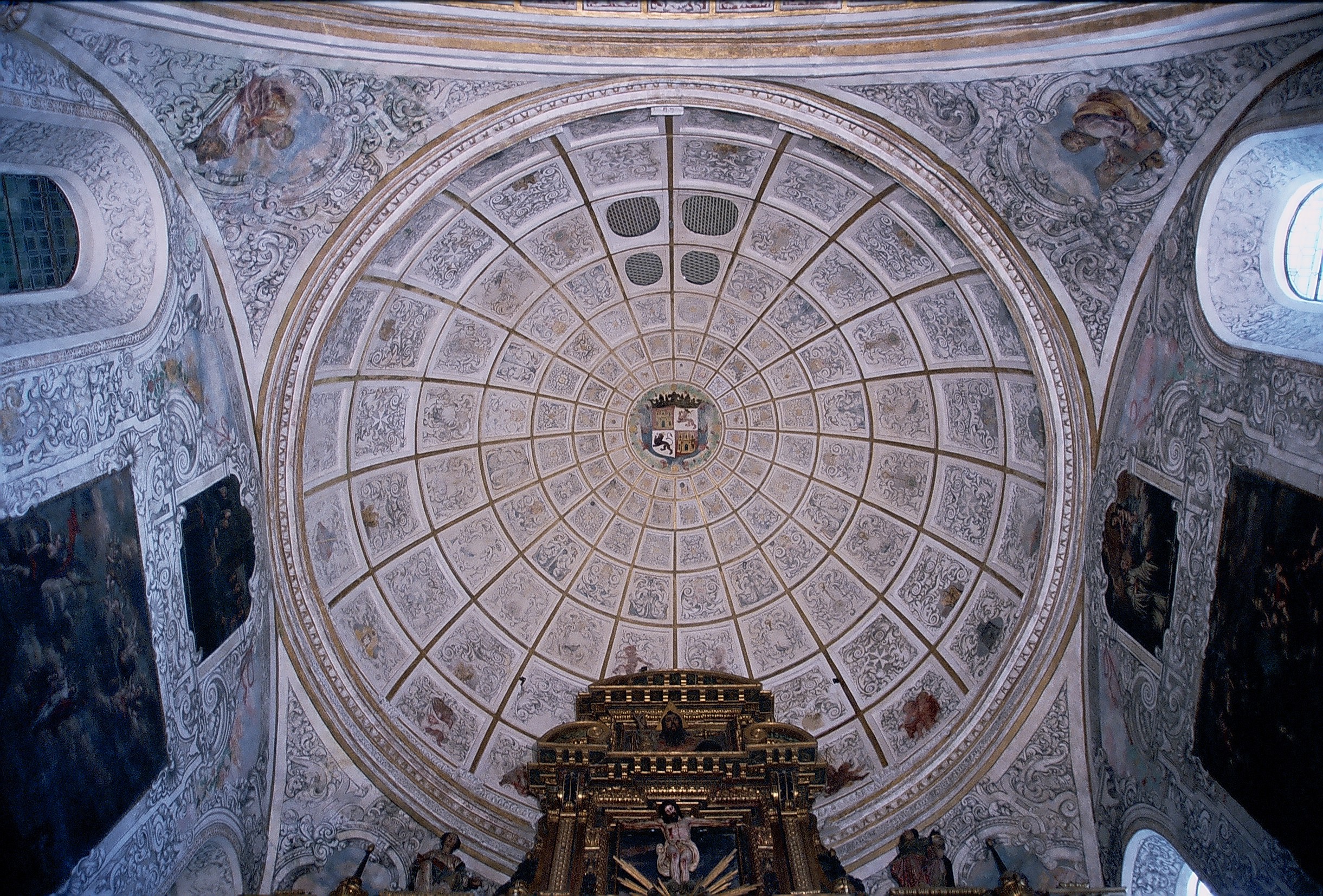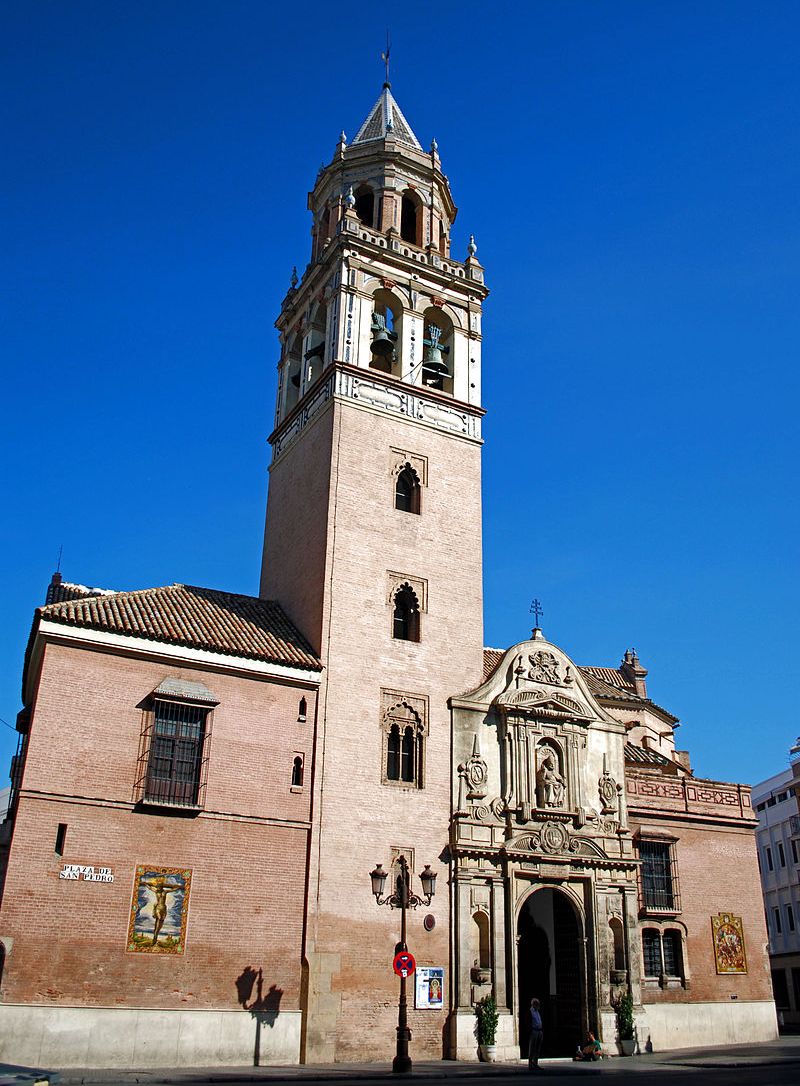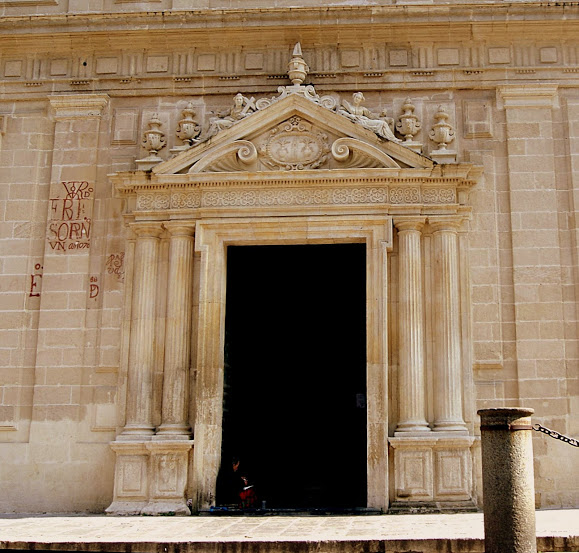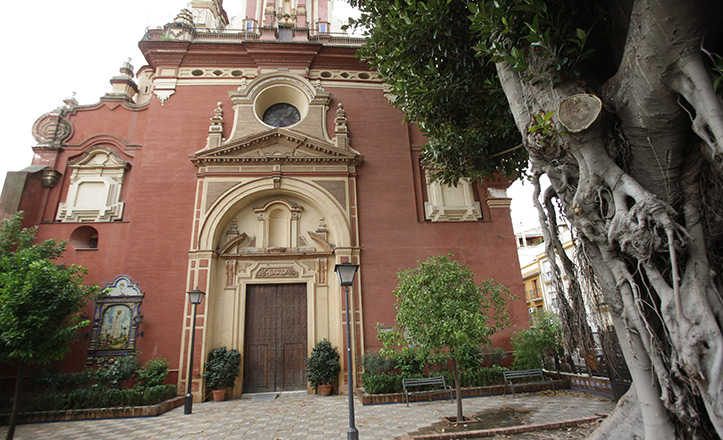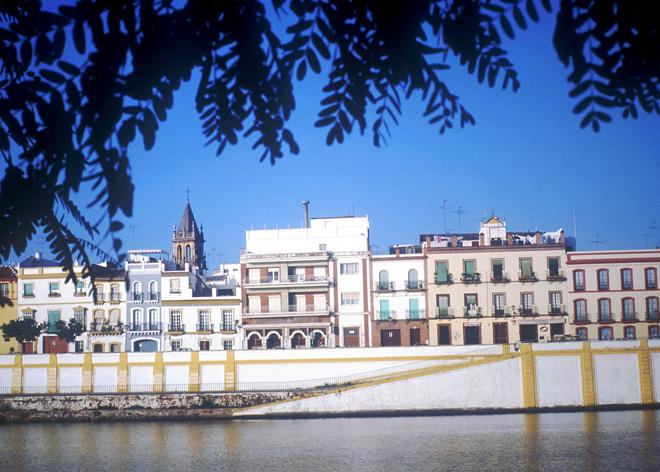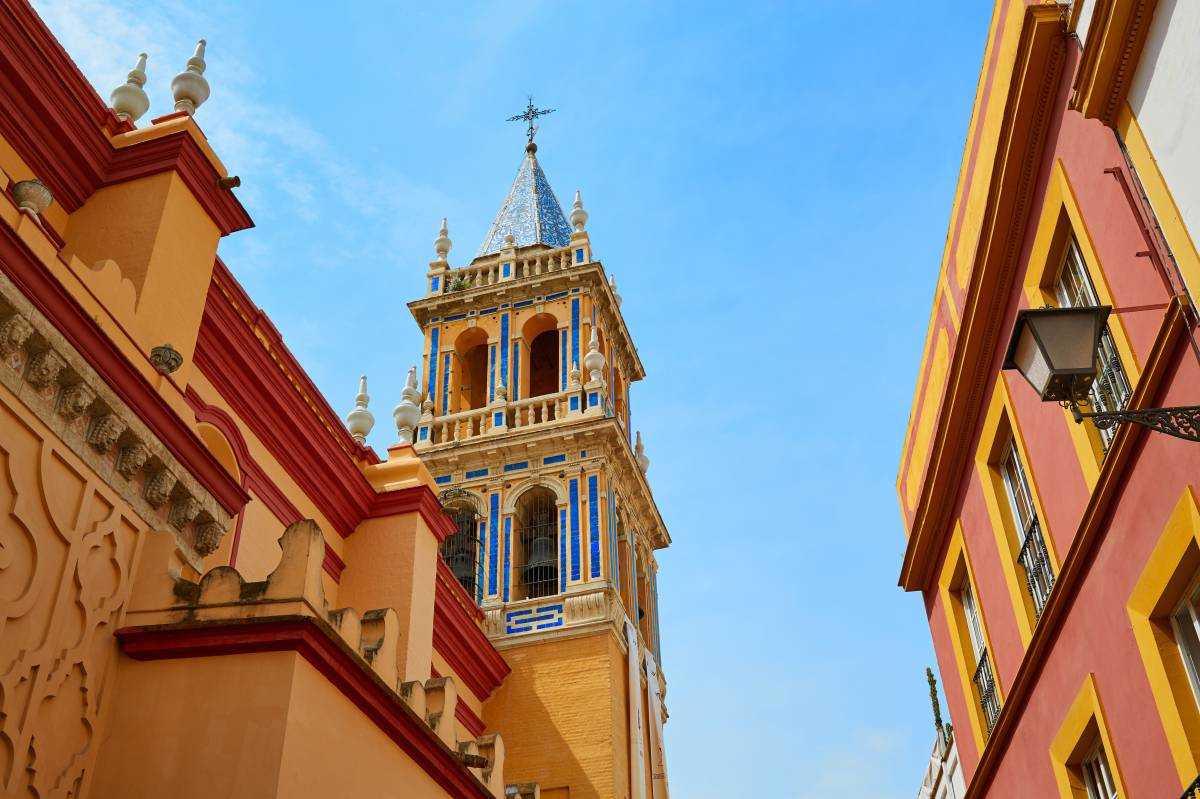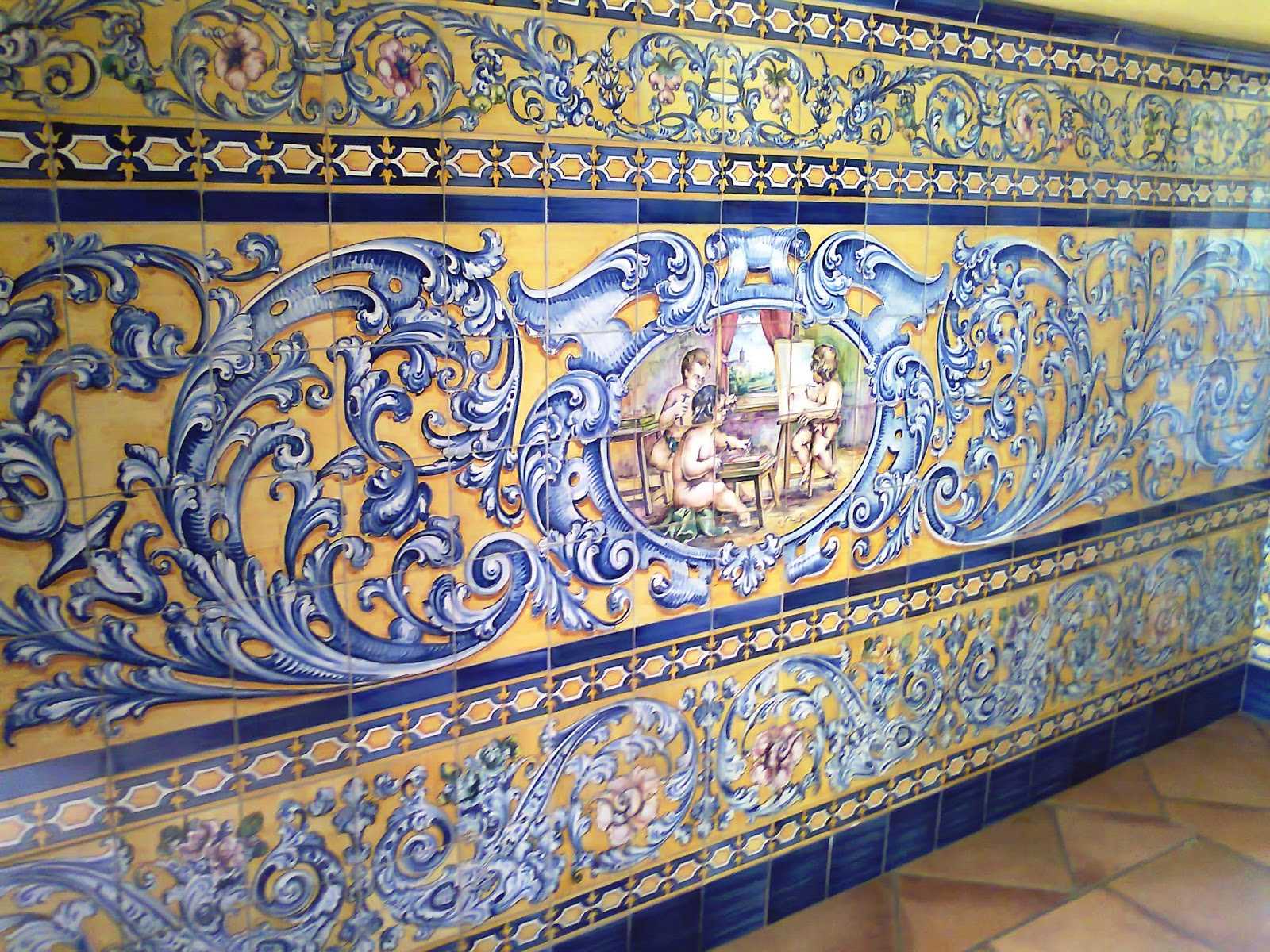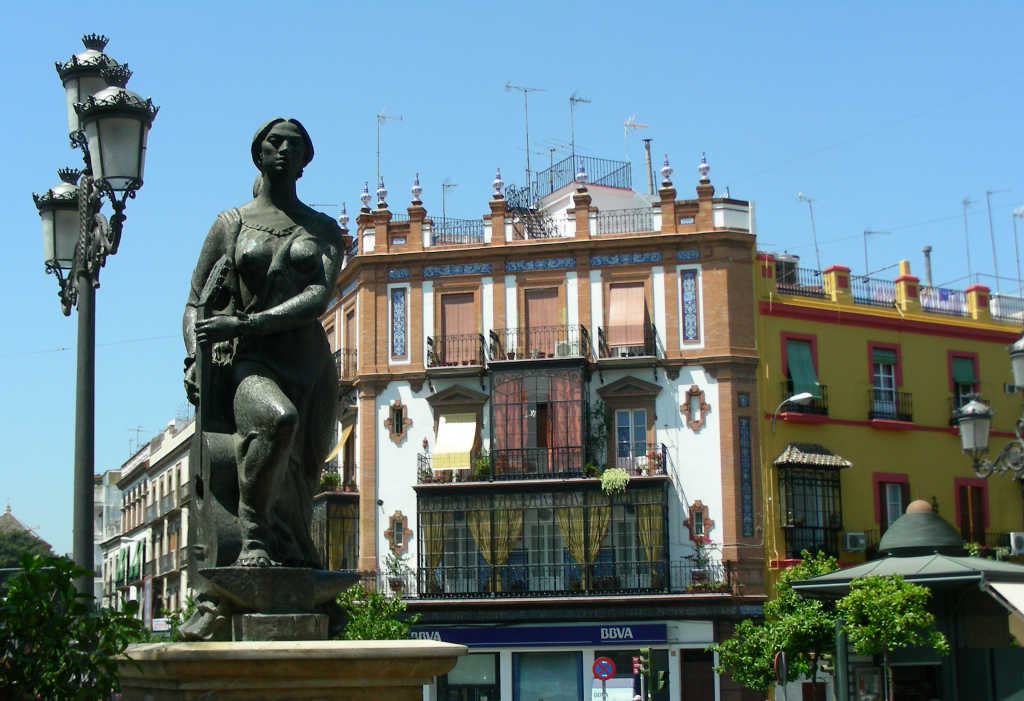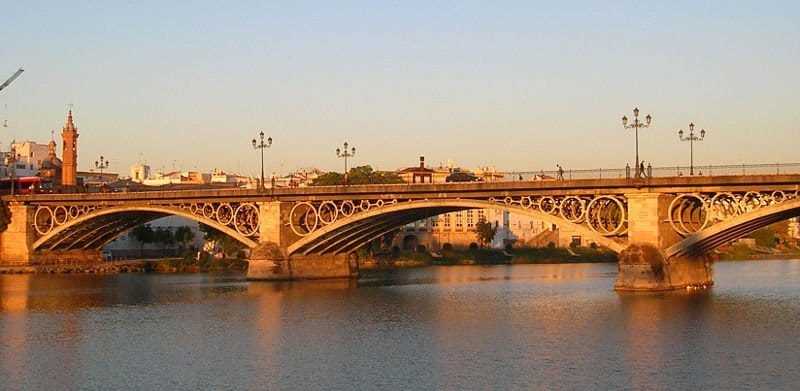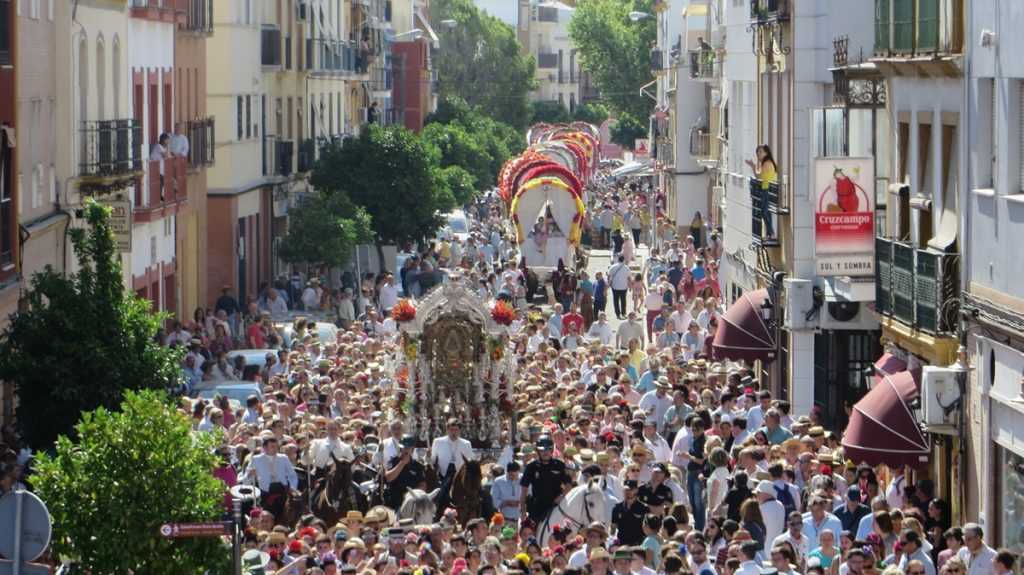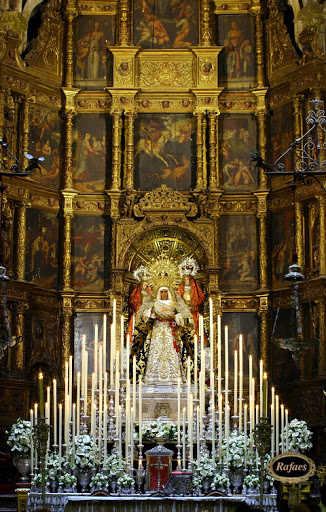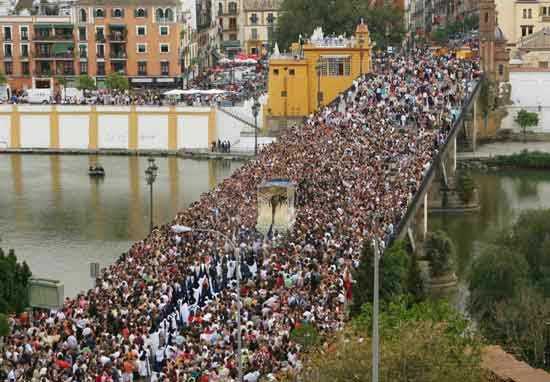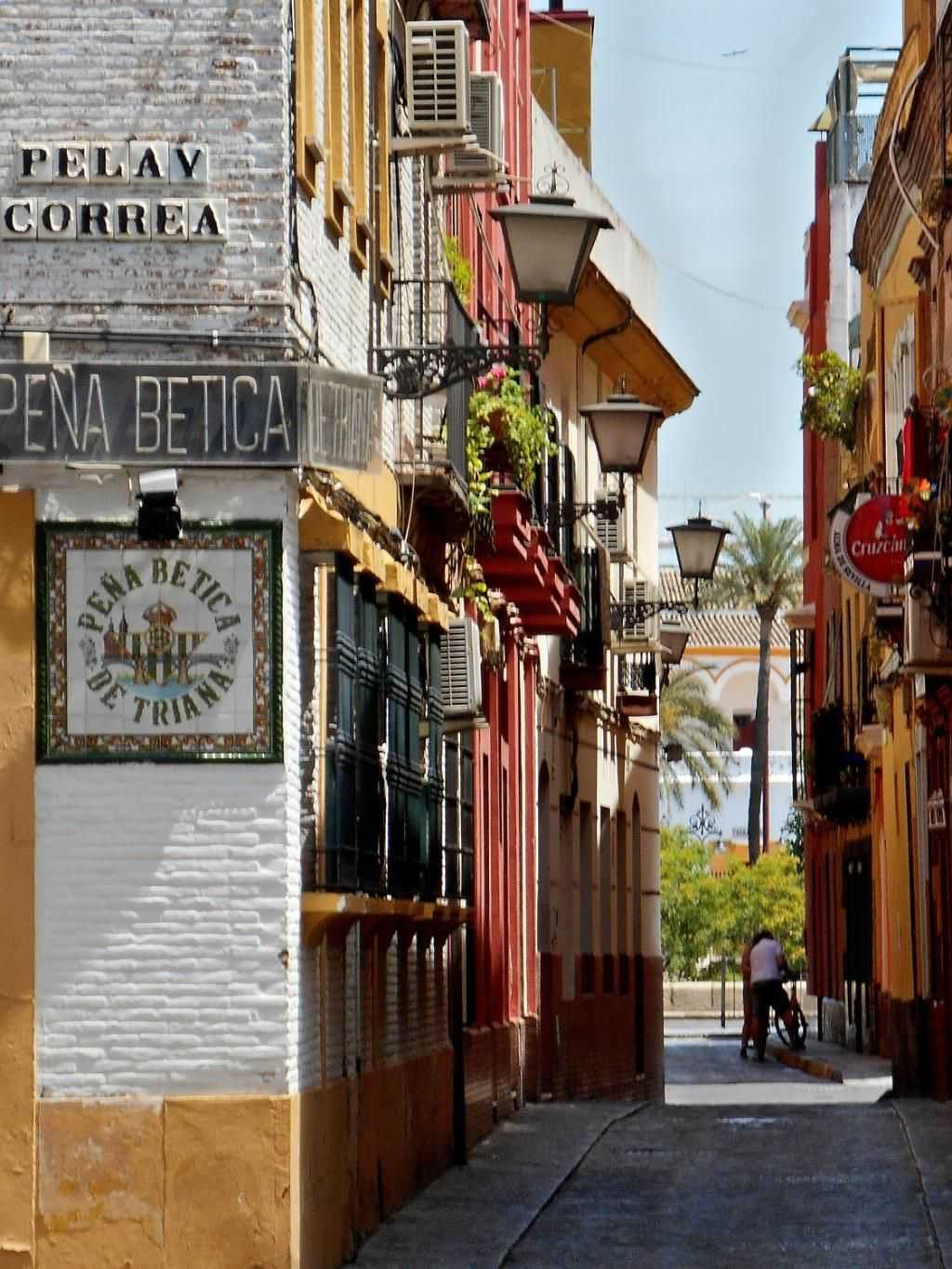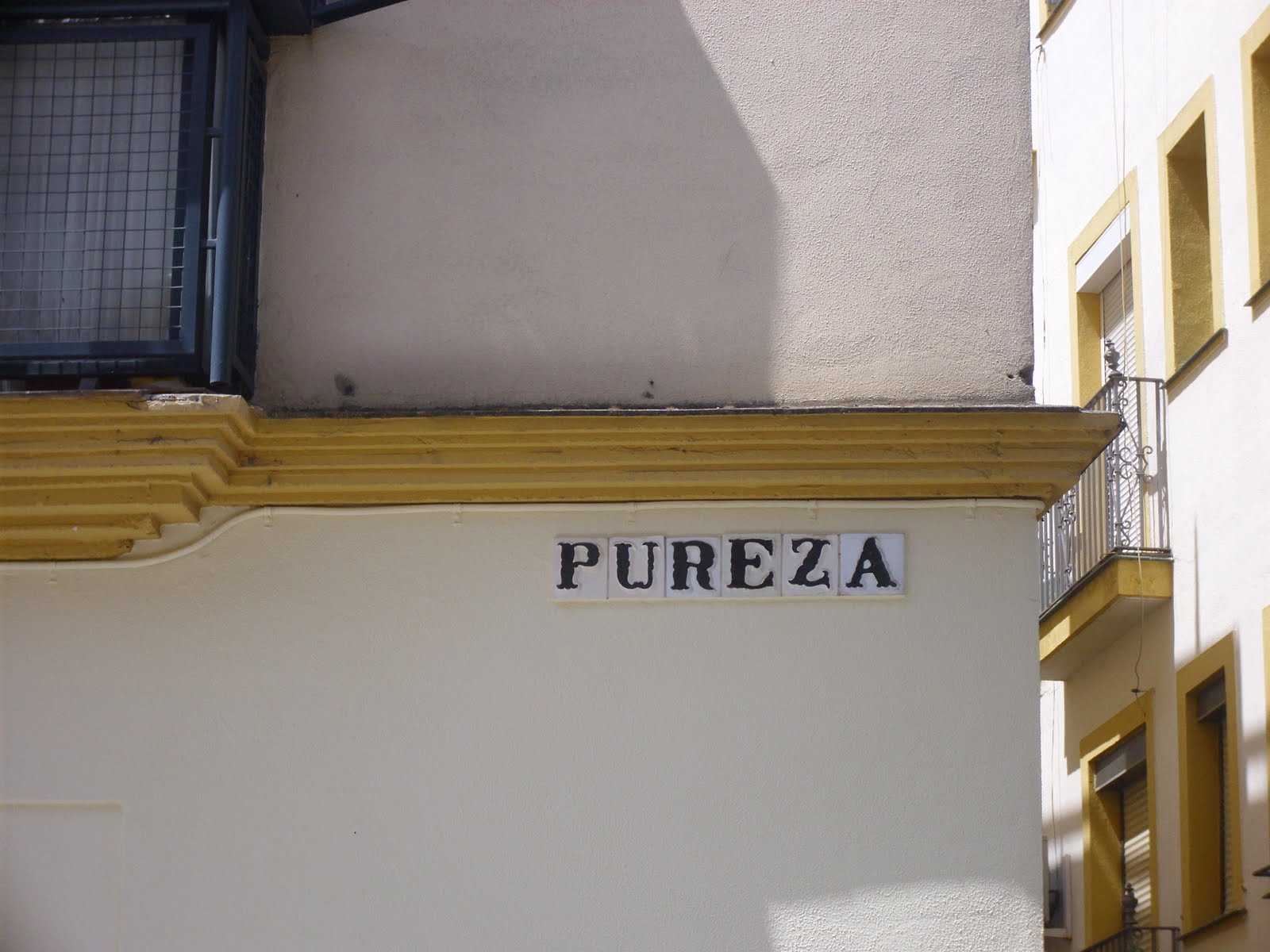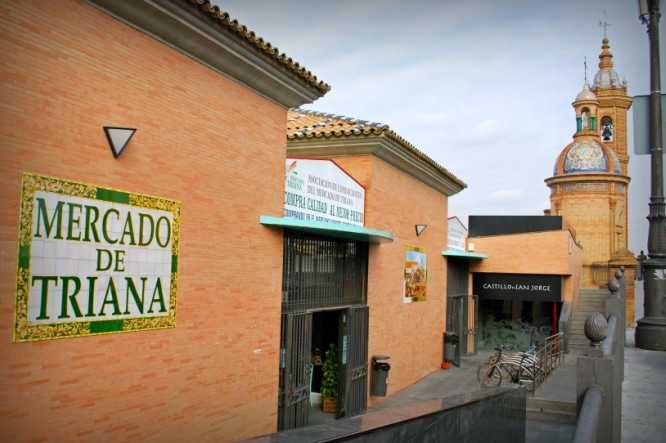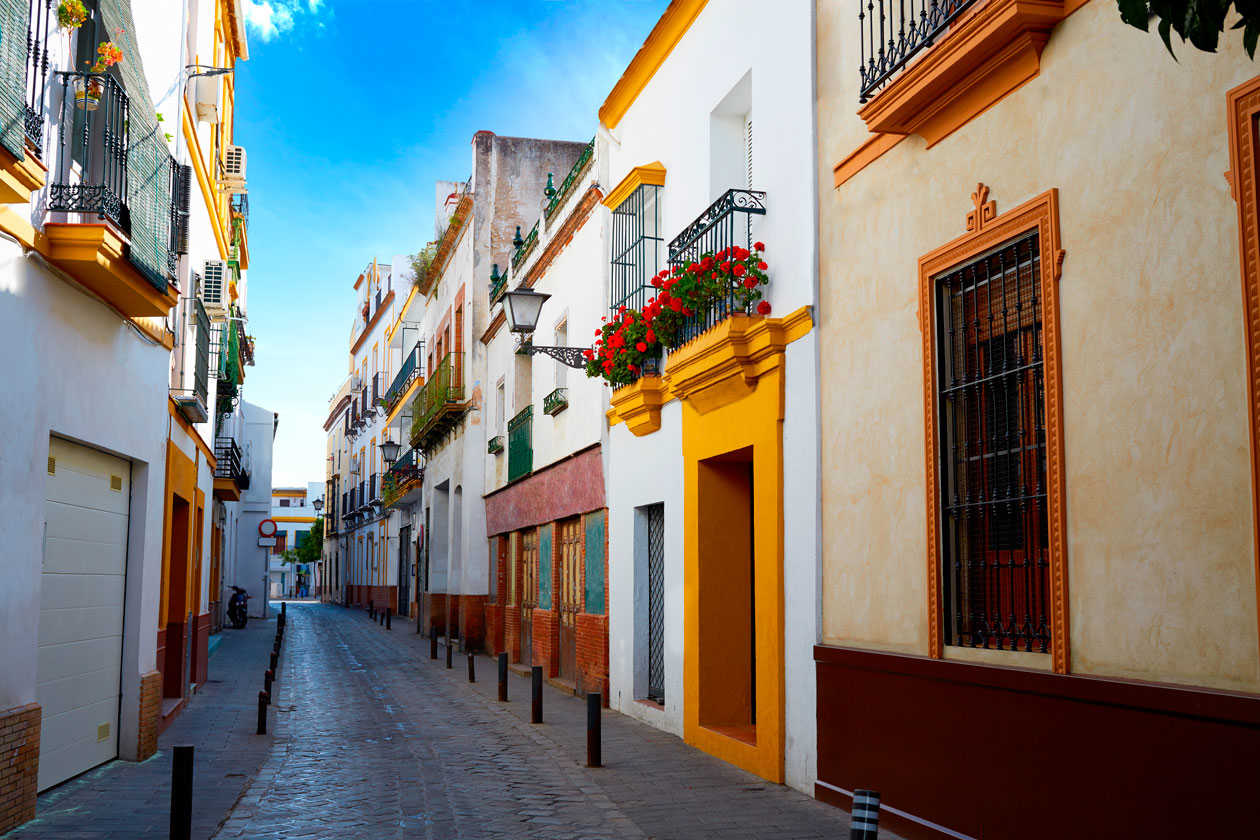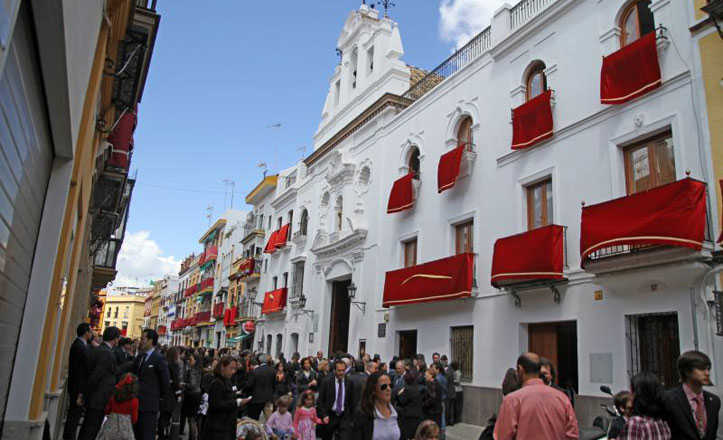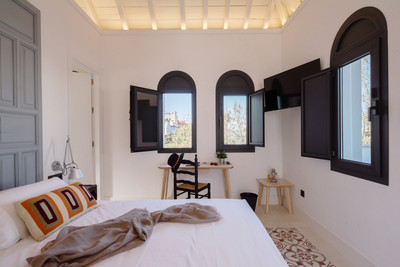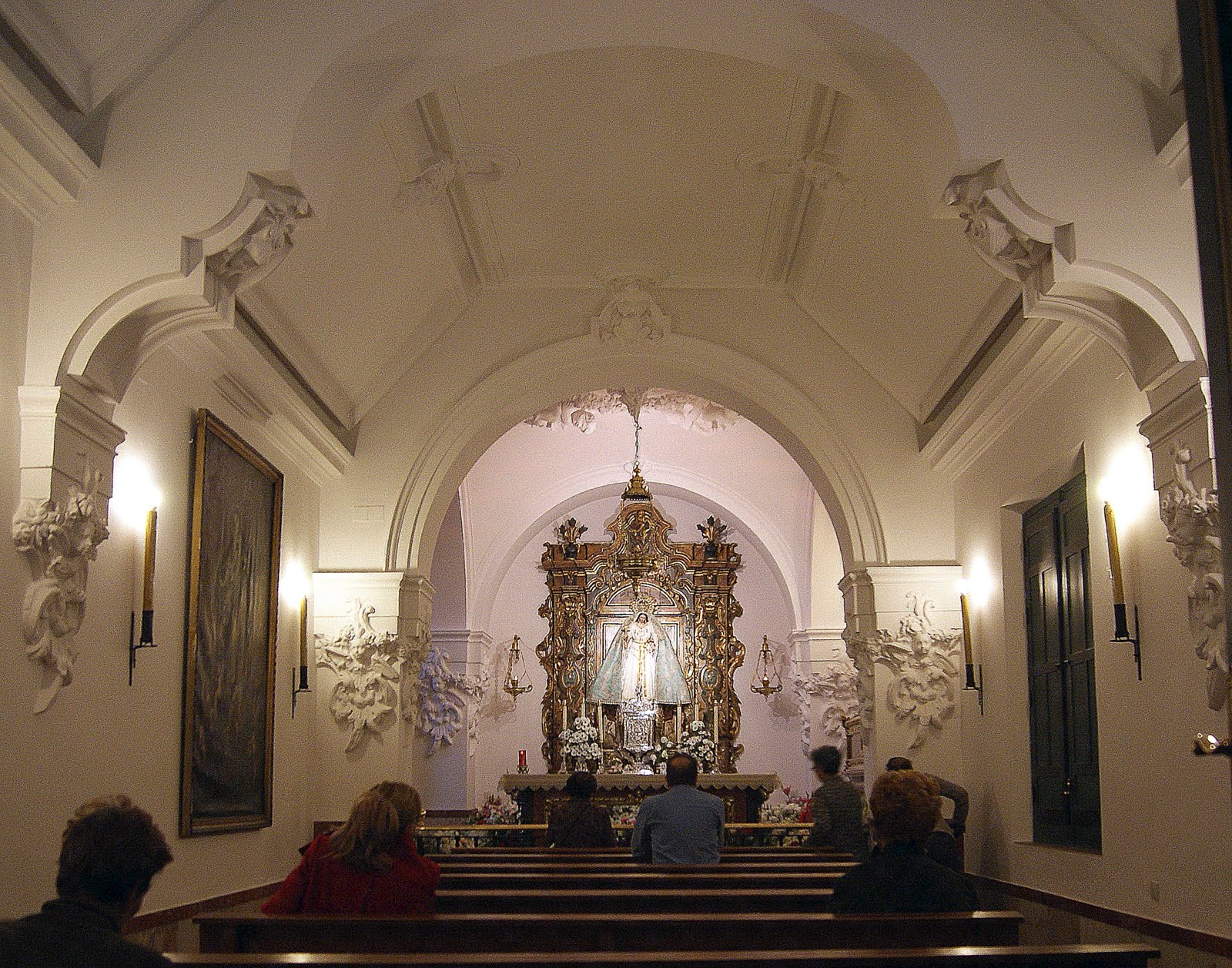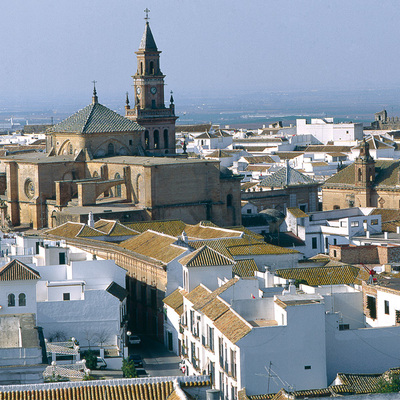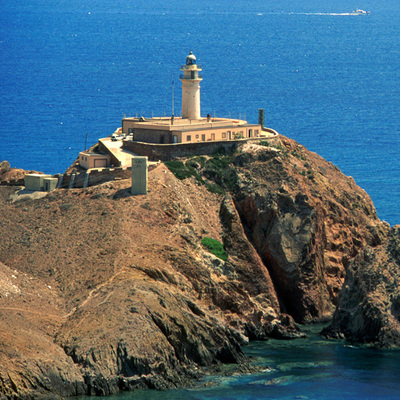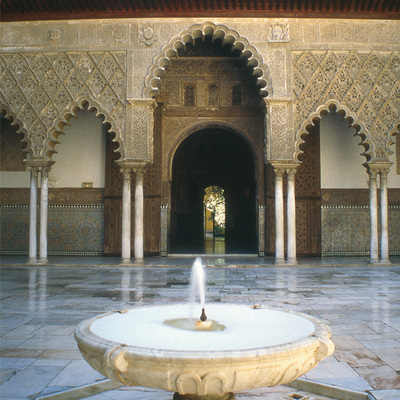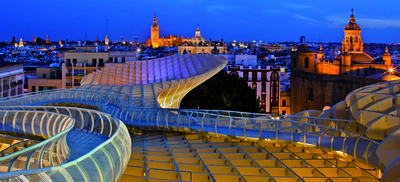Barrio de Triana
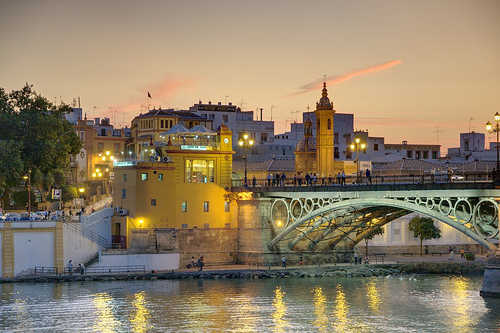
It has always been said that Seville is one city and Triana another. There are those who are sure this is so and others who will never understand it, but as soon as you cross the Triana bridge there is a tile in the monument to "Los Alfareros" (the potters) that you have now crossed over the border. It says: "You know I am a native of Triana, because once I am in the Calle Sierpes I already feel like a foreigner".
Located on the banks of the Guadalquivir, at the western end of the city, Triana has an ancient history you can be breathe when walking through it's streets.
It dates back to the Tartessian era. This settlement on the right bank of the Betis River (the Roman name for the Guadalquivir), was used by the Roman legions to set up a camp that was near Italica and right opposite Hispalis. It was the Almohads who built the first bridge that linked it to the city, a bridge made of barges that stood where the famous Triana Bridge now stands. In the 15th and 16th centuries, Triana played a leading role in the maritime expeditions seeking to discover new worlds. The "Escuela de Mareantes" (Sailing School) trained many of the sailors of the time who were enlisted for voyages Such as Christopher Columbus reaching America and the Voyage Around the World by Magellan and El Cano, that also departed from these shores. In the Plaza de Cuba, a sphere marks the starting point for the first voyage around the Earth.
It has traditionally been a neighbourhood of sailors, workers, potters and manufacturers, in the mid-20th century the old Hispano Aviación factory in the Calle San Jacinto built the first jet plane in Spain, and it was baptised with the name "Saeta".
Triana is linked to the city centre by the famous Isabel II bridge which was built in the 19th century and opened in 1852.
When you cross the bridge you arrive in the popular Mercado de Abastos (main market) that stands over the remains of what was the Castle of San Jorge that is now a museum dedicated to the Inquisition.
There is also so much more to visit in the neighbourhood of Seville, with special mention for La Capillita del Carmen, the Parich Church of Santa Ana, the Sailors Chapel called "Esperanza de Triana", the Church of San Jacinto, Chapel of La Estrella, the Ceramics Museum, the Parish Church of De La O, the Basilica of El Cristo de la Expiración "El Cachorro" and popular streets such as San Jacinto, Betis, Pureza, Paseo de la O, etc.
The festivals feature the Parade of the Three Kings, Easter Week, the departure of the decorated carts of the Hermandad del Rocio de Triana brotherhood, Corpus Christi with a procession known as "Corpus Chico" and the "Velá de Santa Ana" which takes place in July, is dedicated to Santa Ana, the patron saint of the neighbourhood, and dates back at least to the 13th century.
The charm of Triana lies not only in its monuments and in its streets, but in the character and idiosyncrasy of the local residents
"Seville gave birth to a girl
And they called her Triana
They baptised her in the river
By the Gypsies of La Cava"
Ideas for your trip
Related news
Services and infrastructure
Segments
Specialties
Season
Open to visitors
You may be interested
